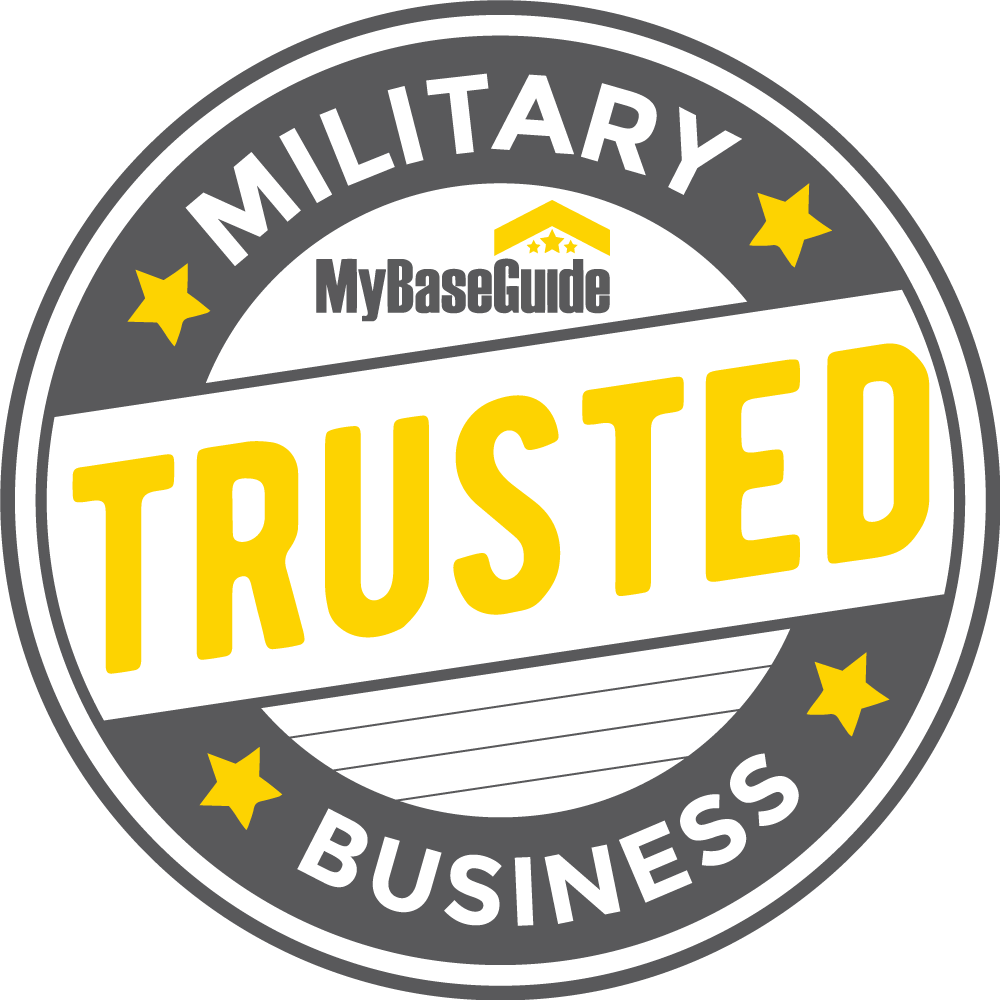
Panic attacks are more common than many people realize. In the United States alone, approximately 2.7% or 6 million people have Panic Disorder, according to the Anxiety and Depression Association of America.
These sudden, intense episodes of fear can be overwhelming, not just for the person experiencing them but also for those around them. Knowing how to respond effectively can make a significant difference in helping someone through a panic attack.
What is a Panic Attack?
A panic attack is a sudden surge of intense fear or discomfort. It often feels overwhelming. Typically, it peaks within minutes. But those minutes can feel like a lifetime. It’s a physical and emotional experience. Your heart races. You may feel dizzy or like you can’t breathe. Sometimes, you might think you’re having a heart attack or losing control.
The symptoms can come out of nowhere. Or they can be triggered by specific situations. Either way, it’s terrifying. And it’s more common than you might think.
Recognizing the Signs of a Panic Attack
Panic attacks can vary from person to person. But there are some common signs. Knowing these can help you identify what’s happening.
1. Physical Symptoms
- Heart palpitations: Your heart pounds or races. It feels like it’s going to jump out of your chest.
- Shortness of breath: You may feel like you can’t get enough air. Like something is squeezing your chest.
- Sweating: Suddenly, you’re drenched in sweat. Even if it’s not hot.
- Trembling or shaking: Your hands, arms, or legs might shake uncontrollably.
- Chest pain: This can be one of the most frightening symptoms. It feels like a heart attack, but it’s not.
- Nausea or abdominal discomfort: Your stomach might churn. You might feel like you’re going to vomit.
- Dizziness or lightheadedness: The world spins. You feel faint.
- Numbness or tingling: Often in your fingers or toes. Sometimes, your face.
- Hot or cold flashes: Your body temperature seems to fluctuate wildly.
- Feeling of choking: Like there’s something stuck in your throat. But nothing is there.
2. Emotional Symptoms
- Intense fear or terror: Even if there’s no real danger. It feels very real.
- Sense of impending doom: You feel like something terrible is about to happen.
- Fear of losing control: You might worry about doing something embarrassing or harmful.
- Detachment or derealization: You feel disconnected from reality. Like you’re outside your body. Or like the world around you isn’t real.
3. Cognitive Symptoms
- Racing thoughts: Your mind can’t focus. Thoughts come and go too quickly.
- Confusion: It’s hard to think clearly or understand what’s happening.
- Fear of dying: This is a common fear during a panic attack. The physical symptoms can feel life-threatening.
Causes of Panic Attacks
Different factors can trigger panic attacks. Sometimes, there’s no clear cause. But certain situations or stressors can increase the likelihood.
- Stress: High stress levels at work, school, or home can trigger a panic attack.
- Phobias: Encountering a specific fear, like flying or heights, can cause a panic attack.
- Social situations: Some people experience panic attacks in social settings. This is often related to social anxiety disorder.
- Medical conditions: Certain health issues, like thyroid problems or heart conditions, can cause symptoms like a panic attack.
- Substance use: Caffeine, alcohol, or drugs can trigger or worsen panic attacks.
How Can You Help Someone During a Panic Attack?
Helping someone during a panic attack can be challenging, but your support can make a significant difference. Panic attacks are overwhelming, and those experiencing them often feel helpless. You offer reassurance, guidance, and a sense of safety. Effective ways to help someone during a panic attack are:
1. Stay Calm and Grounded
Your calm presence is essential. When someone is having a panic attack, they may feel like they’re losing control. If you appear anxious or panicked, it can make their experience worse. Take deep breaths yourself. Speak in a slow reassuring tone. Let them know you’re there to help and that they’re not alone. Your calm behavior can be a grounding force.
2. Encourage Slow Breathing
One of the effective ways to lessen the intensity of a panic attack is being able to control breathing. Panic attacks often cause hyperventilation, leading to dizziness, tingling and a feeling of suffocation.
Encourage the person to breathe slowly and deeply. You can guide them by breathing with them. Inhale slowly through the nose for four seconds, hold for a second. Then, exhale slowly through the mouth for four seconds. Repeat until their breathing stabilizes. This helps regulate their heart rate and can reduce feelings of anxiety.
3. Use Grounding Techniques
Additionally, Grounding techniques help bring someone back to the present moment, reducing the feeling of being overwhelmed. One effective method is the 5-4-3-2-1 technique. Ask the person to name:
- Five things they can see
- Four things they can touch or feel
- Three things they can hear
- Two things they can smell
- One thing they can taste
With this technique, they can focus away from the panic and focus on their surroundings. This will make them feel more in control of themselves.
4. Provide Reassurance
There’s a chance that during a panic attack, the person might feel like something terrible is about to happen or that they’re in grave danger. Reassure them that what they’re experiencing is a panic attack and that it will pass.
Avoid telling them to “calm down” or “relax” as this can feel dismissive. Instead, acknowledge their fear by saying something like, “I know this is really scary, but you’re safe, and it will pass soon.”
5. Help Them Focus on Something Else
Distraction can be an effective way to lessen the intensity of a panic attack. Engage the person in a simple activity or conversation. Ask them to describe in detail an object in the room or recall a positive memory.
This can help shift their focus away from the panic attack. You could also suggest they count backward from 100, recite a favorite poem, or listen to calming music. The key is to gently guide their attention away from their anxious thoughts.
6. Respect Their Personal Space
Everyone has different needs during a panic attack. Some people may want a comforting touch, while others may feel more comfortable with space. Ask them what they prefer.
If they need space, give it to them. But make sure to stay nearby to offer support. If they’re okay with physical contact, a gentle touch on the arm or back can provide comfort and reassurance. Always ask for consent before initiating physical contact, as respecting their boundaries is important.
7. Stay with Them Until It Passes
A panic attack can last anywhere from a few minutes to over half an hour. It’s important to stay with the person until the attack subsides. Your presence provides a sense of safety and support.
Even if they dont feel like talking, just knowing that someone is there can be immensely comforting. Once the panic attack has passed, offer to help them get to a more comfortable or familiar place, like their home or a quiet area.
Additional Tips
- Avoid Judgment: Panic attacks are unpredictable, and they can happen to anyone. Avoid making the person feel guilty or ashamed for having one.
- Encourage Professional Help: If the person experiences panic attacks frequently, suggest they seek help from a mental health professional. Therapy, medication, and lifestyle changes can be effective in managing panic disorder.
- Follow Up: After the panic attack, check in with them. Ask how they’re feeling and if there’s anything else they need. Let them know you’re there for them. eEven after the immediate crisis has passed.
What Should You Avoid Doing?
Helping someone during a panic attack requires sensitivity and awareness. While there are several ways to be supportive, there are also actions you should avoid to ensure you don’t unintentionally make the situation worse. Things to avoid are:
1. Don’t Minimize Their Experience
Phrases like “It’s all in your head” or “You’re overreacting” can be harmful. Panic attacks are very real and very frightening to those experiencing them. Dismissing or minimizing what they’re going through can make them feel misunderstood and isolated. Instead, acknowledge their feelings and offer support.
2. Don’t Pressure Them to Calm Down
Telling someone to “calm down” or “just relax” is often counterproductive. It can make them feel as though they’re failing at something simple, which only adds to their stress.
Panic attacks are not a matter of willpower. They involve complex physical and emotional responses. Instead of pressuring them, guide them through calming techniques like deep breathing or grounding exercises.
3. Avoid Making Assumptions About What They Need
Not everyone experiences panic attacks in the same way. What worked for one person may not work for another.
Don’t assume that your idea of comfort will be helpful to them. For instance, offering a hug might be comforting for some but overwhelming for others. Always ask how you can help and respect their preferences.
4. Don’t Leave Them Alone Too Soon
While it’s important to respect personal space, it’s equally important not to abandon someone in the middle of a panic attack. Even if they say they’re fine, stay with them until the attack fully subsides. Leaving too early can heighten their sense of fear and isolation, prolonging the panic attack. Be patient. Remain available until they feel stable.
What Should You Do If a Panic Attack Feels Like an Emergency?
Sometimes, a panic attack can feel so intense that it mimics the symptoms of a heart attack or other serious medical condition. If the person is experiencing chest pain, shortness of breath, or if you’re unsure whether it’s a panic attack, don’t hesitate to seek medical help.
Call emergency services. It’s better to be safe. The paramedics can assess the situation and provide appropriate care. If it turns out to be a panic attack, they can help calm the person and ensure they’re safe.
TMS Institute of Arizona: Expert Care for Panic Disorders
The TMS Institute of Arizona understand the impact of panic disorders on daily life. Our specialized team offers innovative treatments, including Transcranial Magnetic Stimulation (TMS) to help those struggling with anxiety and panic disorders.
TMS therapy is a safe, FDA-approved treatment that can reduce the frequency and intensity of panic attacks. It targets key areas of the brain involved in mood regulation, helping to ease symptoms of panic disorder and boost overall well-being.
We guarantee that each patient receives the best care for their needs. We work closely with individuals to develop comprehensive treatment plans that may include TMS therapy, counseling and lifestyle modifications.
So is you are battling panic attacks or anxiety (or if you know someone) the TMS Institute of Arizona is here to provide support and treatment options designed to help you regain control of your life. Contact us.
References
Facts & Statistics | Anxiety and Depression Association of America, ADAA. (2020). Adaa.org. https://adaa.org/understanding-anxiety/facts-statistics













